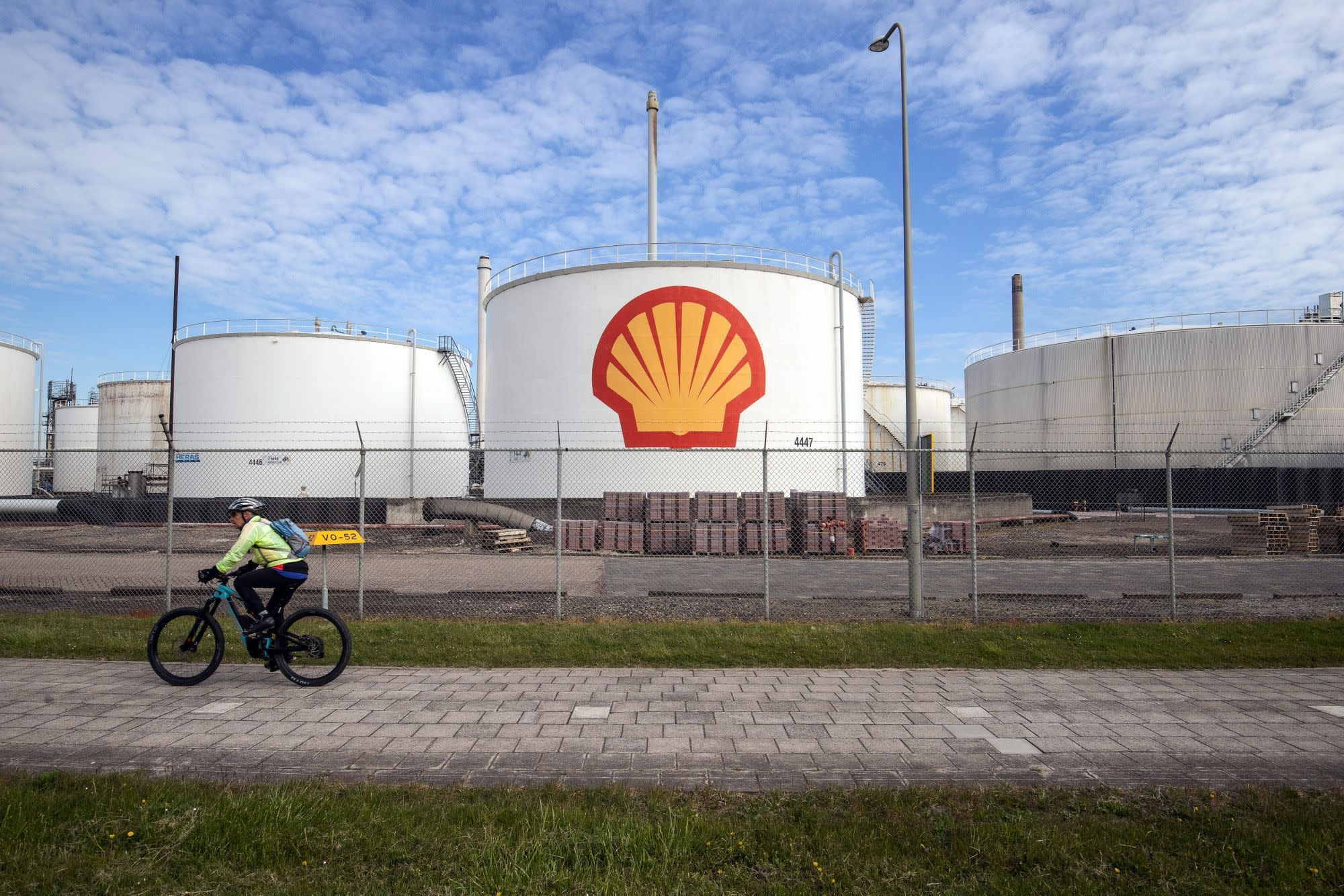Shell to Boost Shareholder Returns as Business Gets Stronger

(Bloomberg) —
Royal Dutch Shell Plc will boost returns to investors later this month, while still paying down debt, as its core businesses get stronger due to a recovery in energy demand and rising prices.
The Anglo-Dutch giant will raise total distributions to shareholders to between 20% and 30% of cash flow from its operations, starting when it announces second-quarter results on July 29, the company said in a statement on Wednesday. It didn’t specify whether they would take the form of dividends or share buybacks.
Underscoring the improvement in the operating environment for Big Oil, Shell said the higher returns will come as the company continues to reduce net debt. The company’s B shares rose 2.7% to 1,459.6 pence as of 8:08 a.m. in London.
The economic recovery from Covid-19 has transformed the fortunes of oil producers, from the international majors to U.S. shale drillers and OPEC members. U.S. crude futures hit a six-year high close to $77 a barrel on Wednesday, driven by rising demand and constrained supply.
The increase in Shell’s returns “sends an important message to the market,” JPMorgan Chase & Co. analysts including Christyan Malek wrote in a note. Assuming oil remains at about $75 a barrel, the bank expects a $500 million buyback in the third quarter, with net debt ending the year at $57 billion.
Since last year’s historic dividend cut, Shell has been trying to woo investors by pledging growing returns, a stronger balance sheet and setting out a plan to gradually transform the company for a low-carbon future. That’s not going entirely according after plan since a Dutch court ordered the company to significantly increase its 2030 target for emissions reductions.
While shareholders will start seeing more money in their pockets, Shell said it will keep a lid on spending, with capital expenditure remaining below $22 billion for the year. The expected reduction in net-debt could be tempered by changes in working capital, which saw a large build in the first quarter of the year, the company said.
Shell’s trading arm, which at times can be a large source of earnings, are expected to perform “significantly below average” for integrated gas in the second quarter, and at average levels for oil. The divisions have so far this year failed to replicate the successes of 2020, which saw oil trading almost double its profits to $2.6 billion, even as other parts of the company were scarred by the effects of the coronavirus.
Gas liquefaction is expected to be in the range of 7.1 million and 7.7 million tons due to additional unplanned maintenance. The company sees chemicals margins in line with the first quarter.
(Updates with share price in third paragraph. A previous version of this story corrected the net-debt level in the third paragraph.)
More stories like this are available on bloomberg.com
Subscribe now to stay ahead with the most trusted business news source.
©2021 Bloomberg L.P.



